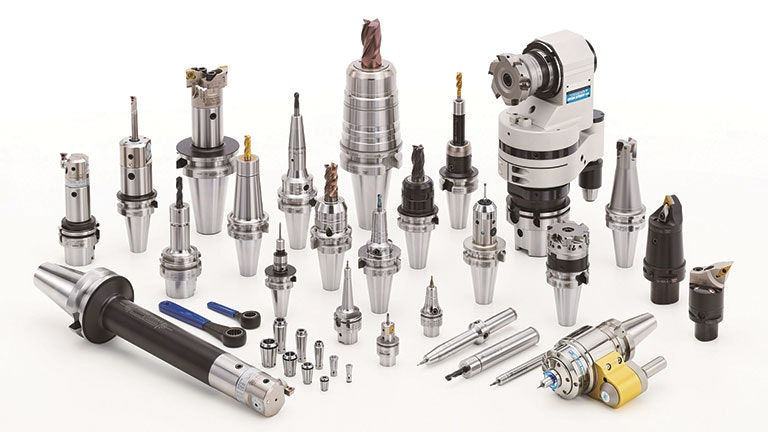Boosting Efficiency with the Right Production Tool: A Complete Guide
- chee fatt
- Jul 24
- 3 min read
In today's competitive business landscape, efficiency, quality, and speed are more important than ever. Whether you're in manufacturing, media, or software development, the tools you use have a direct impact on productivity. That’s where a production tool comes into play.

A production tool refers to any equipment, software, or resource used in the creation or manufacturing of a product. These tools are essential for turning raw materials or concepts into finished goods or services. They help streamline operations, reduce errors, and improve consistency.
But what exactly are production tools? And how do they help different industries? Let’s explore.
What is a Production Tool?
A production tool is any tool, machine, software, or system used to support the production process. These tools help in manufacturing, assembling, editing, designing, or delivering a final product.
Depending on the industry, a production tool can be:
Mechanical: Like a welding machine or CNC machine in manufacturing.
Digital: Like video editing software or CAD (Computer-Aided Design) tools.
Process-related: Like ERP (Enterprise Resource Planning) systems or scheduling software.
Regardless of type, the goal of a production tool is to make production faster, easier, and more accurate.
Importance of Production Tools in Various Industries
1. Manufacturing
In factories and workshops, production tools include cutting machines, molds, dies, and assembly robots. These tools improve speed and precision, reduce waste, and lower production costs.
2. Media & Entertainment
For content creators, production tools like cameras, microphones, and editing software (e.g., Adobe Premiere Pro, Final Cut Pro) are essential for creating high-quality videos, music, or animations.
3. Construction
Tools such as drills, saws, measuring devices, and planning software help construction teams build efficiently and safely.
4. Software Development
Developers use production tools like code editors, testing frameworks, version control systems (like Git), and deployment tools to build and maintain software efficiently.
5. Food & Beverage
Mixers, ovens, packaging machines, and quality control software help maintain consistency and meet hygiene standards.
Benefits of Using the Right Production Tool
Using the right tools can completely transform your workflow. Here are some key benefits:
Increased Productivity: Automating repetitive tasks saves time and boosts output.
Improved Accuracy: Precision tools reduce errors and improve the quality of the final product.
Cost Efficiency: Better tools reduce material waste and labor costs.
Consistency: Tools ensure the same result every time, which is vital for brand trust and customer satisfaction.
Safety: Modern production tools come with safety features to protect workers and minimize risks.
Choosing the Right Production Tool
When selecting a production tool, consider these key factors:
Purpose: What task will the tool perform?
Scalability: Will the tool grow with your production demands?
Ease of Use: Is it user-friendly, or will it require extensive training?
Maintenance & Support: Can it be easily maintained, and is support available?
Cost: Does it fit your budget and offer good return on investment?
Investing in high-quality tools may seem expensive initially but often pays off in the long run through better efficiency and fewer problems.
Latest Trends in Production Tools
AI-Powered Tools: Artificial intelligence is being integrated into production tools to make smarter decisions, predict issues, and improve performance.
Cloud-Based Software: From video editing to ERP systems, cloud tools allow for real-time collaboration and remote access.
3D Printing: Revolutionizing manufacturing, 3D printers allow for rapid prototyping and on-demand production.
IoT (Internet of Things): Smart production tools connected via the internet provide real-time data, helping optimize production processes.
Final Thoughts
A production tool is more than just a piece of equipment or software—it’s an investment in your business's future. The right tools empower teams to work smarter, reduce mistakes, and deliver better results faster.
Whether you're a small startup or a large enterprise, understanding your production needs and equipping your team with the right tools is key to staying ahead in the market. As technology evolves, staying updated with the latest tools and innovations can give your business a strong competitive edge.
So, if you’re looking to improve workflow, reduce costs, and scale efficiently, start by evaluating your current tools and identifying where upgrades could make a big difference.
FAQs About Production Tools
Q1: What is the difference between a production tool and a production process? A: A production tool is a machine or software used to perform specific tasks during production. A production process refers to the full sequence of steps taken to manufacture or deliver a product.
Q2: Can small businesses afford advanced production tools? A: Yes. Many modern tools come in scalable and affordable versions, making it easier for small businesses to access high-quality production tools without breaking the bank.
Q3: Are digital production tools better than manual ones? A: Digital tools often offer greater speed, accuracy, and automation. However, manual tools still have value in certain industries and applications. The best choice depends on your specific needs and budget.
Visit Us : https://www.cheefatt.com/categories




Comments